What Is Amazon Order Management?
- 04/11/2022
- Philip K
Are you still bothered by the fact that your order management is very confusing? The vast size of the Amazon marketplace poses unique challenges to many merchants. Store owners must monitor their inventory, maintain accurate inventory levels, and be fully prepared for the ups and downs of customer demand.
Fortunately, with the help of Amazon’s order management software, any seller can provide their customers with the best experience.
In this article, we will understand how the Amazon order management system works and identify the best ways to manage your orders on Amazon.

What is Amazon Order Management?
Amazon order management refers to a series of operations carried out by the merchant on the order from the time when the customer creates the order to the time when the order is fulfilled. The process begins when a customer buys an item from Amazon, ships it, and ends when the order is finally fulfilled.
You can view orders across all sales channels on Amazon’s Manage Orders page. You will find your pending orders, order list, order reports, and more.
And many e-commerce merchants will be able to implement order management through Amazon’s in-platform tools. There are tools that support all stages of the order management process, including inventory management, order processing, fulfillment, and tracking.
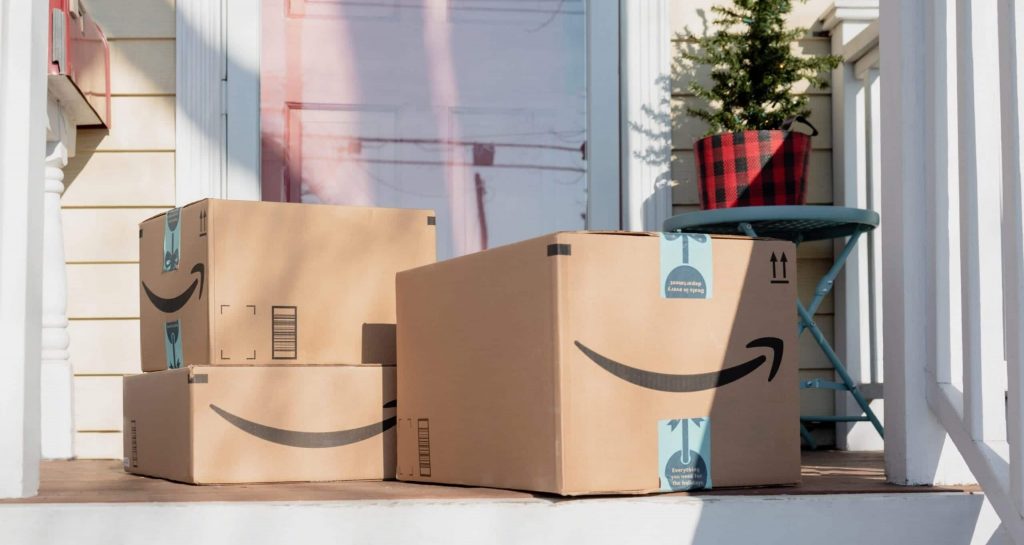
What is Amazon Order Management Process?
The Amazon order management process includes order receiving and order management.
After the customer submits the order to the enterprise, the sales department personnel or customer service personnel of the enterprise create the order through the OMS. And send the details of the order to the warehouse manager. And finally, the warehouse manager completes the collection, packaging, and transportation of the ordered products.
Purchase, packing, transportation, and after-sale are the four stages of order fulfillment.
What are Amazon’s Order Management Methods?
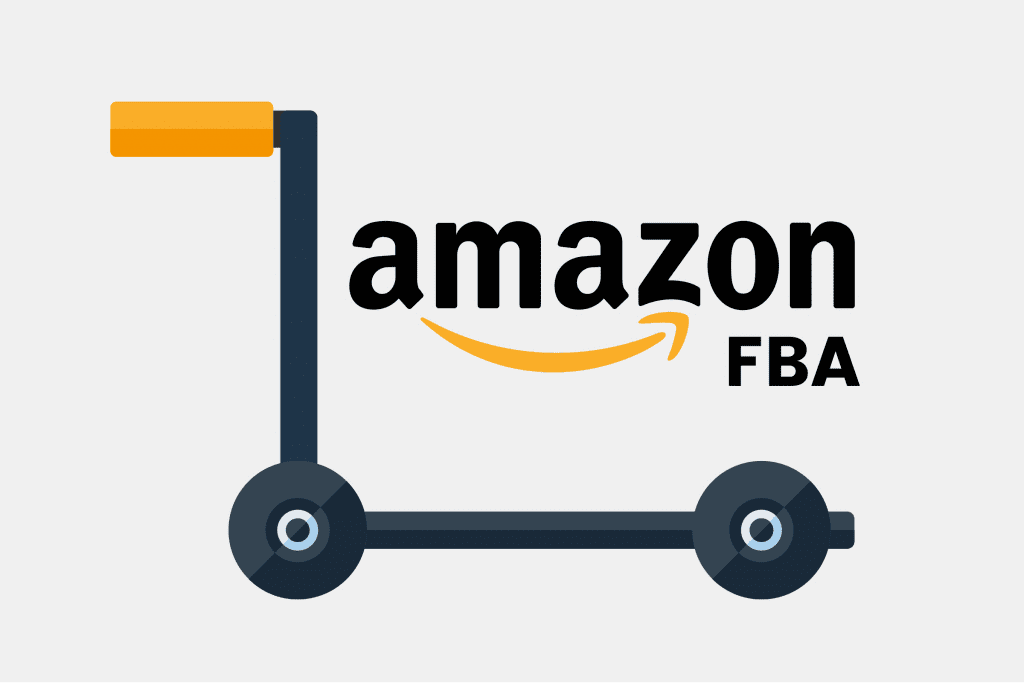
Amazon FBA is one of the most trusted and widely used tools for most merchants. Businesses send products to Amazon fulfillment centers, and when customers buy, Amazon picks, packs, and ships the order.
Amazon can also provide customer service and process returns for these orders. Its free shipping service helps merchants save a lot of packaging and shipping time, which helps with order turnaround.

Seller Fulfilled Prime allows sellers to deliver their own orders. It gives sellers complete control over the entire order fulfillment process. For sellers of large items, using a personal storage warehouse can reduce production costs and is the best choice for merchants.
How do you apply to join Seller Fulfilled Prime?
Before applying to join Seller Fulfilled Prime, your seller account must be set up with Premium Shipping.
Once set up, you can create different shipping methods in your account to provide fast shipping to your customers.
Amazon has a trial period before officially joining the SFP program. During the trial period, Amazon will evaluate your store operation ability and store performance. The trial period can last anywhere from 5-90 days, depending on your store’s performance.
During the SFP trial period, some of your products will be able to carry the Prime logo. Amazon requires at least 200 Prime orders to be fulfilled. After the trial period ends, if your performance is satisfied, your account will be automatically upgraded to an official SFP account.
Once the application is approved, product sales may increase quickly, and you need to prepare inventory so that it can be shipped normally.
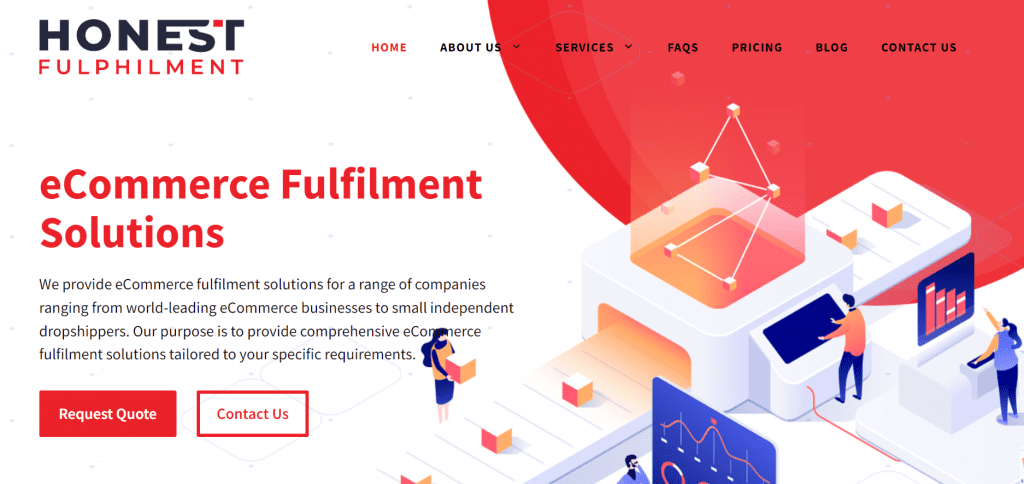
In order to simplify the order fulfillment process, many merchants choose to delegate order processing to 3PL, such as Honest FulPhilment. Honest Fulphilment has the most transparent and simple pricing structure, a platform that works for everyone and is not subject to thresholds. In addition, Honest Fulphilment has warehouses all over the world and gives its customers the best service in every way.
5 Best Amazon Order Management Software Solutions
StoreAutomator

StoreAutomator is designed for those merchants with multiple sales channels or outlets to help with listing management and inventory repricing.
Using the StoreAutomator platform, accurate inventory can be maintained across channels and warehouses, and levels can be monitored through a centralized dashboard. Additionally, Amazon sellers who partner with StoreAutomator can enjoy flexible selling of multi-SKU inventory, with data templates and mappings to boost sales.
Inventory Source

Inventory Source is software for monitoring, tracking, and updating product data. It can automatically upload products, sync inventory, and route orders with dropshipping suppliers to your online store or marketplace platform. So as to achieve the purpose of simplifying the enterprise workflow.
Shopify POS

Shopify POS is a popular system for promoting and managing business in enterprise circles. Businesses using Shopify POS can use its inventory function to compile sales data and analyze and list sales trends that are conducive to business performance.
Daasity
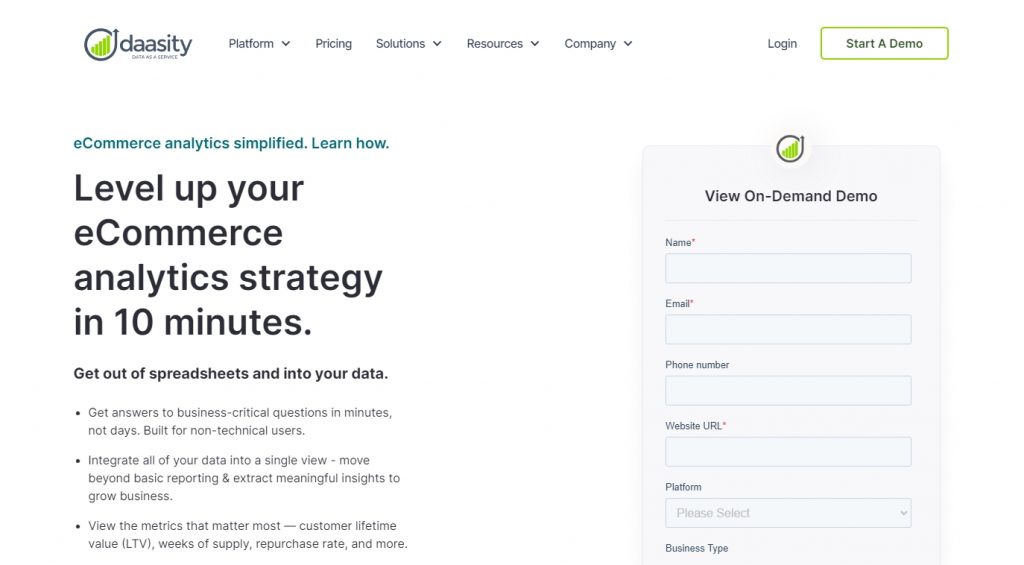
Daasity is built for non-technical users. It integrates all your data into one view – going beyond basic reporting and extracting meaningful insights to grow your business. The system gives companies a clear view of how they are performing across all channels, so they can maximize profits, cut costs and increase revenue across the board.
They have included Amazon Seller Central in their flagship product (D2C Analytics Suite). With this integration in place, Daasity will take your historical data and combine it with your other sales channels for greater clarity on what your inventory is doing.
SkuVault
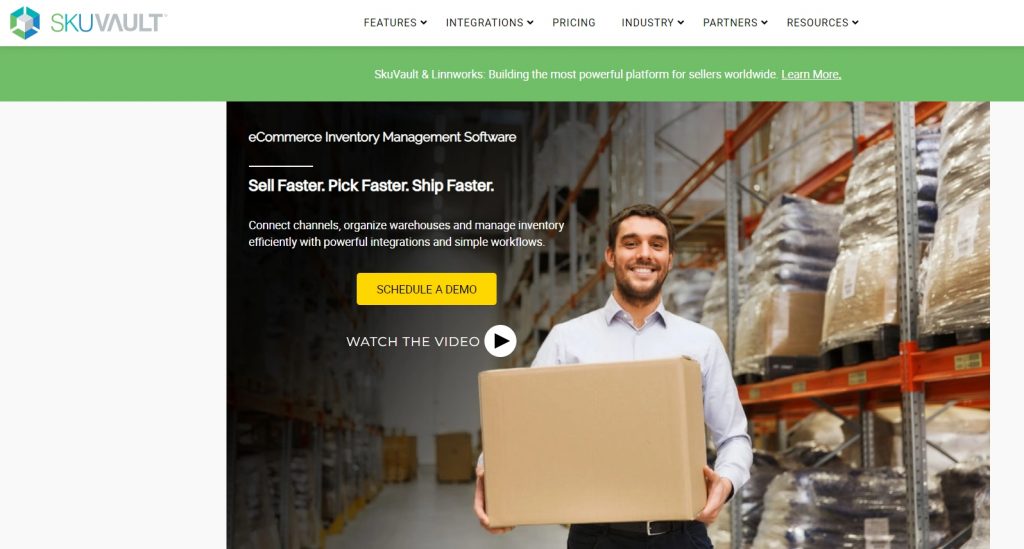
SkuVault users can connect all their channels, organize their own warehouses, and manage their inventory more precisely. With the SkuVault system, you can leverage your supply chain to improve your company’s bottom line.
Their inventory software helps you keep track of your inventory with features that make it easy to focus on growth. Your Amazon FBA inventory is also visible and updated in SkuVault, so you can view all your inventory in one dashboard.
Conclusion
For enterprises or merchants in the field of e-commerce, Amazon’s order management is not only related to the price and quality of their products but also closely related to customer satisfaction. It reduces space requirements as the available storage space is used more efficiently.
Therefore, if you would like to learn more about order management to better prepare your business, please contact Honest FulPhilment.
Amazon Order Management FAQ:
Need a Quick Quote?
– Competitive price
– Quote within 24 hours
– 30+ Shipping methods
– Dedicated account manager
– Shopify/Woo integrations
– Autofulfil
– Auto tracking
– Plus much, much more

5 Best Wholesale Home Decor Suppliers 2023



10 Best Bikini Brands For Summer 2023








